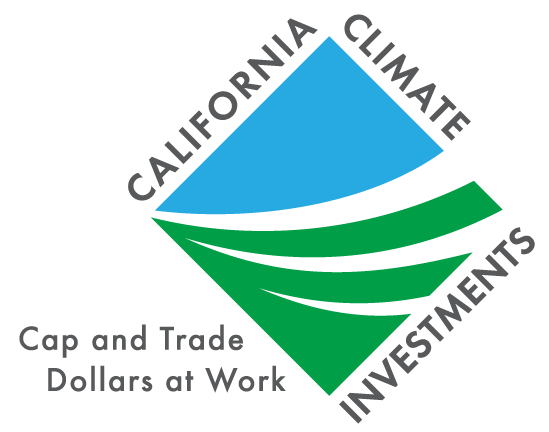Using funds awarded by the Clean Mobility Options program, the Big Pine Paiute Tribe of the Owens Valley, a federally recognized California Native American Tribe, conducted a community-driven transportation needs assessment to determine the transportation needs and preferences of Big Pine Paiute’s residents. After the needs assessment is completed and approved by their Tribal Council, the Big Pine Paiute Tribe can use it to apply for additional funding from Clean Mobility Options or other transportation grant programs to implement clean mobility projects.
In addition to providing voucher-based funding for zero-emission mobility choices, Clean Mobility Options also provides funding for community transportation assessments that help communities identify and decide how to address their transportation needs. In 2020, Clean Mobility Options provided $1.15 million to organizations from disadvantaged and low-income communities across California to support their development of transportation needs assessments.
The Big Pine Paiute Reservation, located next to the Eastern Sierra Nevada, will benefit from new transportation options designed by its residents. Presently, there are no sidewalks, bike lanes, or designated bus stops within in the reservation boundaries. “We have no alternative transportation options for the community,” says Yonnie Gruber, a resident on the Reservation. “Actually, there is one Dial-a-Ride bus that runs from Lone Pine to Bishop at 6am and 9am, that’s it.”
The Big Pine Paiute Tribe project team used a variety of techniques to engage with community groups during the development of the needs assessment, including group phone interviews, paper surveys, a phone-in hotline, focus groups, and workshops, including one workshop where community members could test out electric vehicles and electric bikes in person. The project team also developed maps, landscape photo boards, and three-dimensional models to help community members and the Tribal Council envision new transportation options and participate in the decision-making process.
“A lot of the outreach and education is hands-on, showing the community what an e-bike is, and they get to drive it. We did a bike rental, so they get to see what an electric bike is like. And having the all-electric vehicles at the workshop is key, so people can see them and ask questions to the owners,” said Cindy Duriscoe, the Air Program Coordinator.
Thanks to the needs assessment and the engagement during its creation, residents are now more informed about the possible transportation options they could use to address their needs and better equipped to access funding that can make those possibilities a reality.

